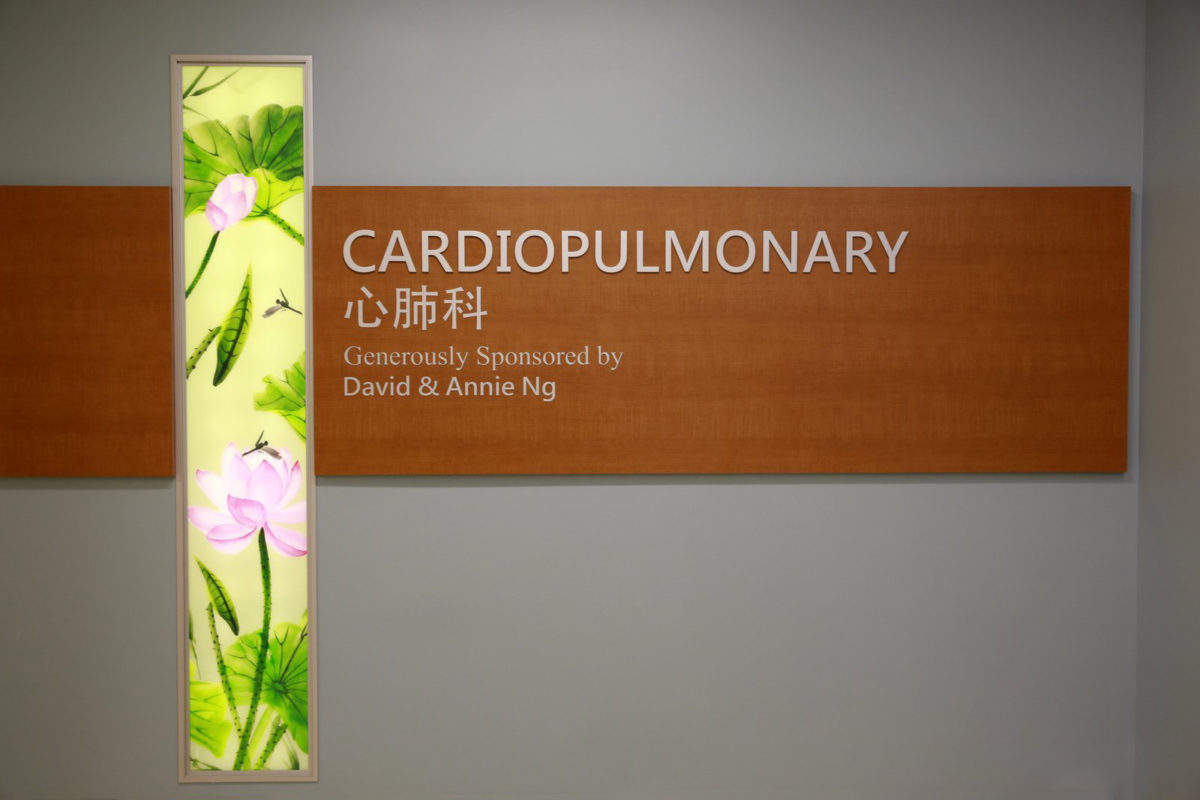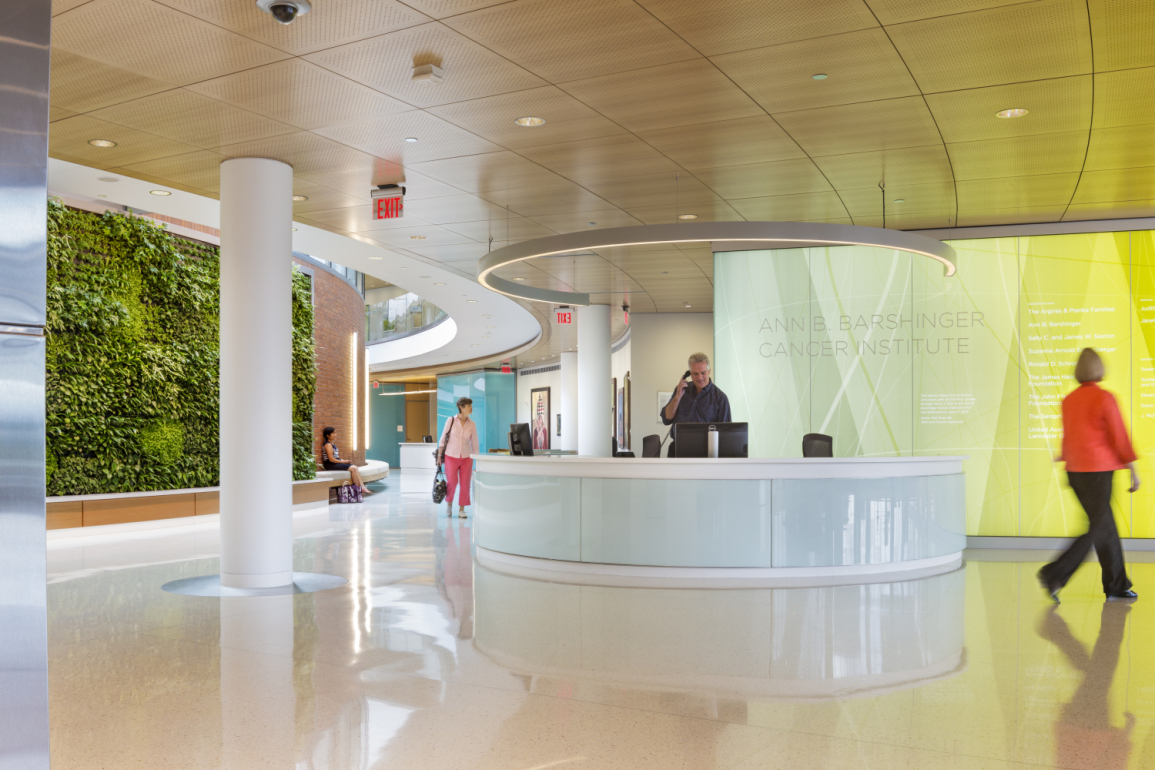Meta Title: How EGD Influences Emotions and User Experience
Meta Description: Discover how environmental graphic design shapes emotional responses and strengthens place-based connections through visual storytelling and spatial design.
Environmental graphic design is more than decoration—it’s about shaping how people feel in a space. From calming hospital graphics to exciting branded environments in retail, every choice we make as designers has emotional impact. Color, texture, lighting, typography, and storytelling all influence the experience and perception of place.

We draw on psychology to inform our work, using biophilic design principles, sensory cues, and even scent to create environments that feel good to be in. For example, studies have shown that cool colors in healthcare can lower anxiety levels, while warm palettes in commercial spaces can boost energy and engagement. EGD allows us to tap into these responses deliberately.
Biophilic design is an architectural and interior design approach that aims to connect people more closely with nature in the built environment. It incorporates elements of the natural world, such as light, air, plants, and natural materials, to create spaces that promote well-being, reduce stress, and enhance cognitive function and creativity.
Key aspects of biophilic design:
Direct nature:
This involves incorporating real, sensory experiences of nature, like natural light, ventilation, plants, water features, and views of the outdoors.
Indirect nature:
This involves using natural materials, colors, textures, and patterns that evoke a sense of nature, even without direct physical presence.
Human spatial response:
This refers to creating spaces that mimic natural environments, providing a sense of prospect (being able to see what’s coming), refuge (a safe and enclosed space), and mystery.
Benefits of biophilic design:
Improved health and well-being:
Biophilic design can reduce stress, improve mood, increase creativity, and promote healing.
Increased productivity:
Studies have shown that exposure to nature can enhance cognitive function and focus, leading to greater productivity in workplaces.
Enhanced connection to nature:
Biophilic design fosters a sense of connection to the natural world, which is important for both physical and mental well-being, according to some researchers.
Environmental benefits:
Biophilic design can also contribute to sustainability by promoting the use of natural materials, reducing energy consumption, and increasing biodiversity.
Examples of biophilic design elements:
Plants and greenery:
Adding indoor plants, green walls, or even small gardens to interior spaces.
Natural light and ventilation:
Maximizing daylight and fresh air through windows, skylights, and operable windows.
Natural materials:
Using wood, stone, bamboo, and other natural materials in construction and furnishings.
Water features:
Incorporating fountains, water walls, or even small ponds to create a sense of tranquility and calm.
Nature-inspired patterns and shapes:
Using fractal patterns, curves, and other natural forms in design elements.
Views of nature:
Ensuring that spaces offer views of natural landscapes or incorporate natural elements into the design.
By aligning emotion with brand and function, we create spaces that are not only memorable but meaningful. As SEGD members, we stay current with research and tools that help measure this impact—from user feedback loops to observational studies that validate the power of design in shaping emotional landscapes.

Phase I of the Universal Symbols for Health Care (USHC) research, completed in 2006, confirmed that symbols improve wayfinding by making signage easier to understand than text-only signs. This led to the creation of 28 universal health care symbols for facility navigation.
Recognizing the need for a scalable, universally adopted symbol set, a university consortium was formed in 2008 to guide the development of additional symbols. Following comprehensive testing, 22 new symbols were added, expanding the USHC set to 50 symbols.
Download a PDF of the full set of Universal Symbols for Healthcare for use in your projects. File can be opened in Illustrator for vector art usage. https://cdn.segd.org/wp-content/uploads/2024/12/14_SEGD_Universal-Symbols-for-Healthcare.pdf
